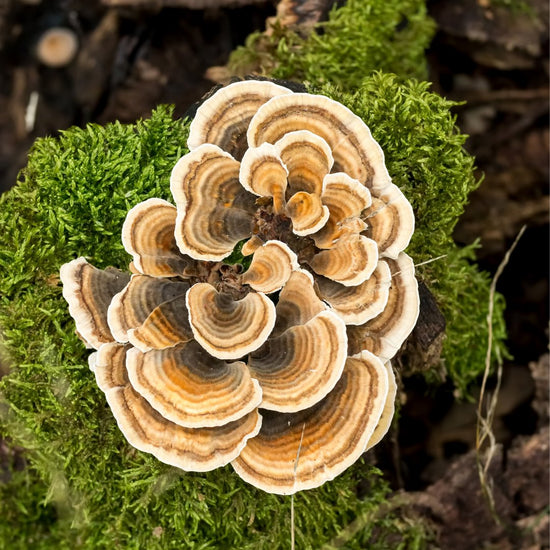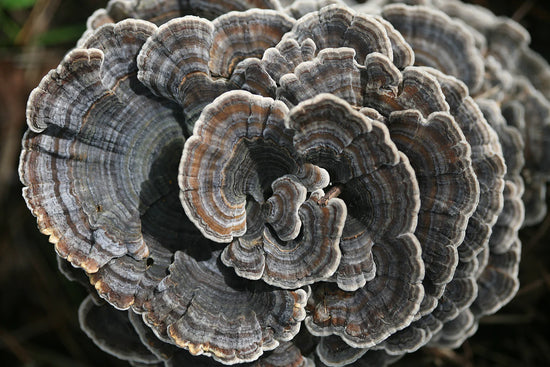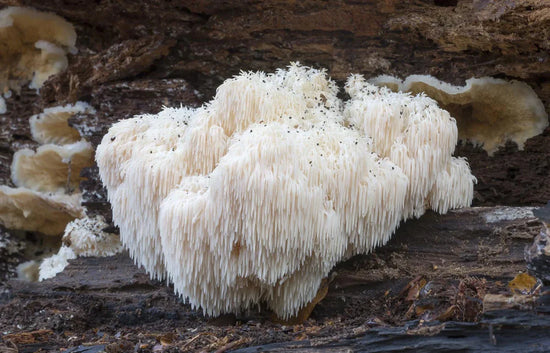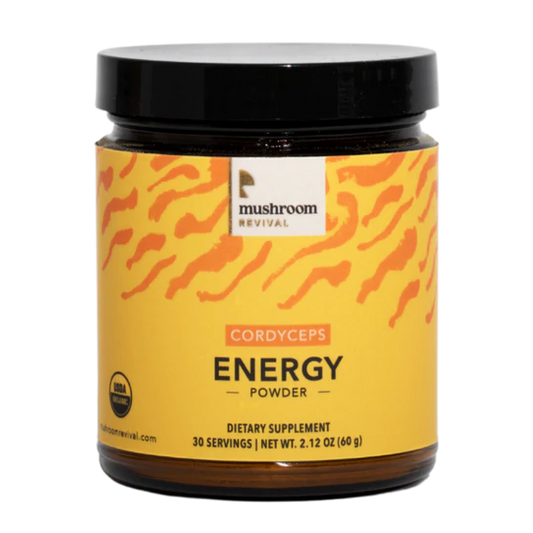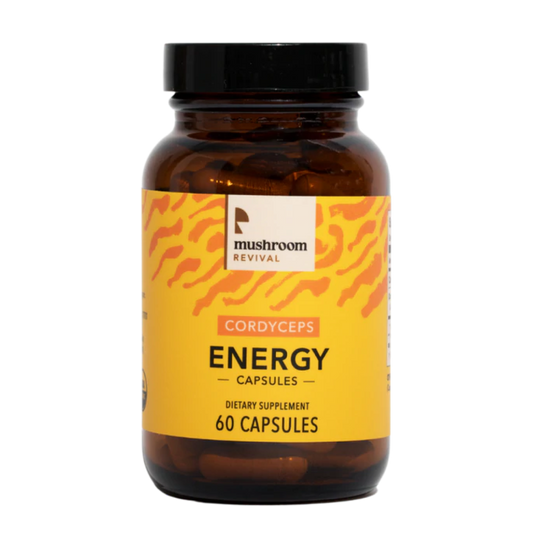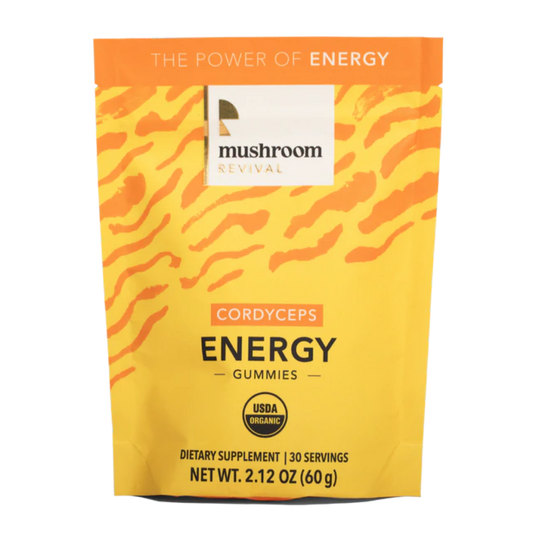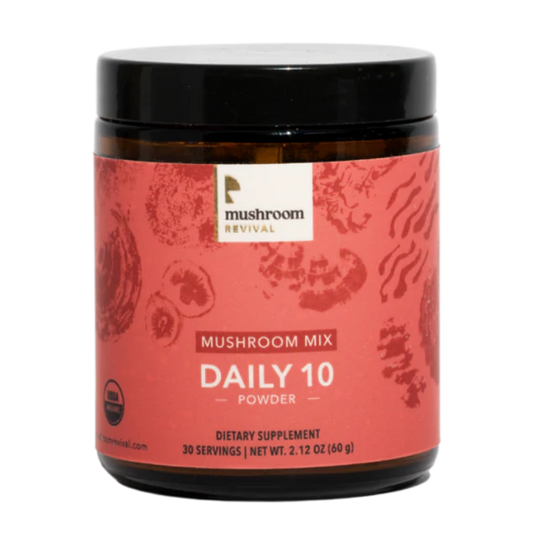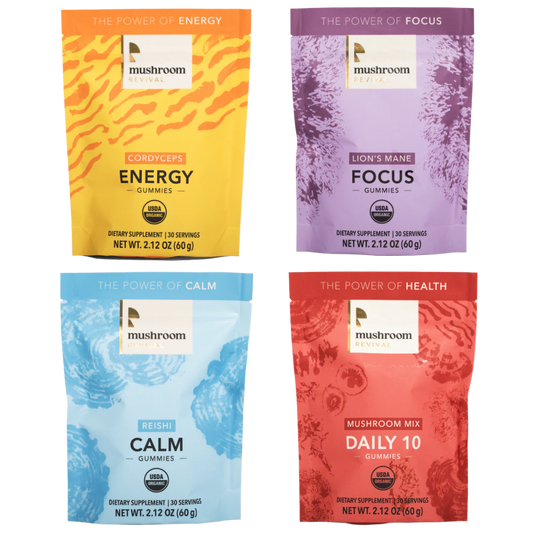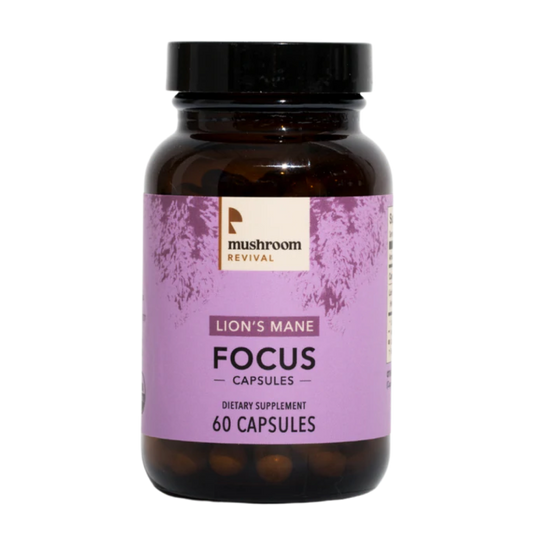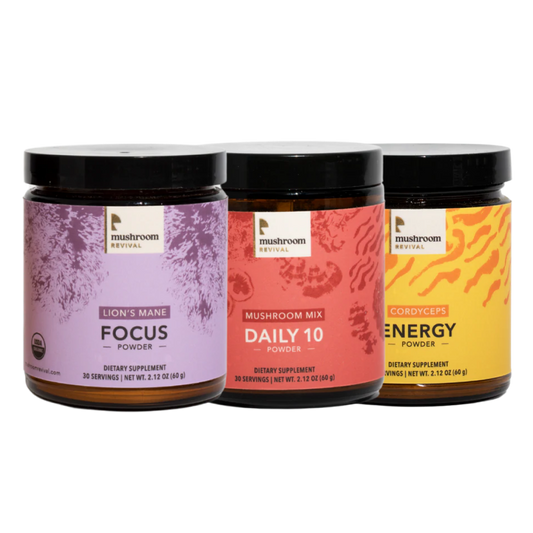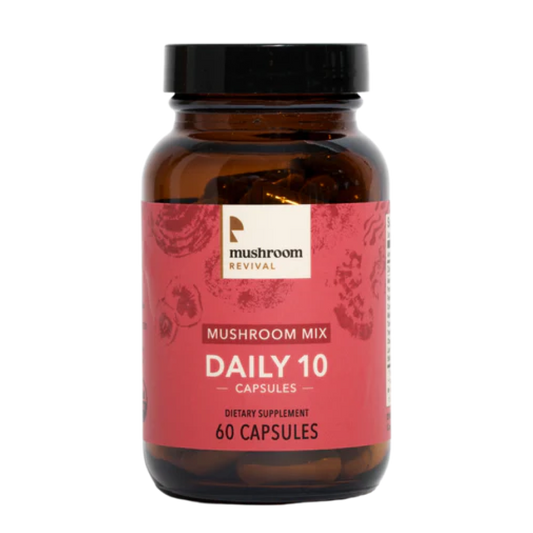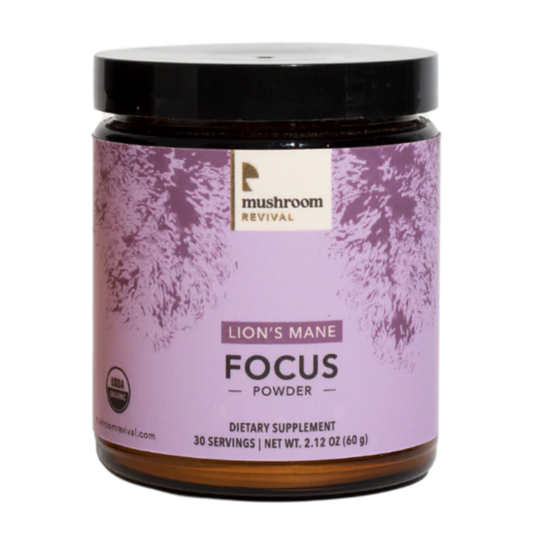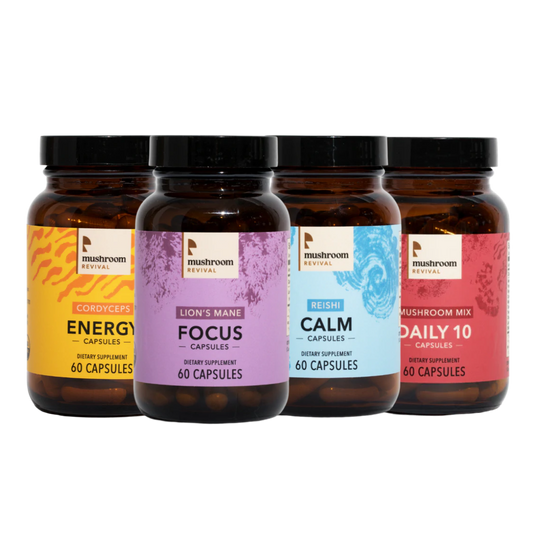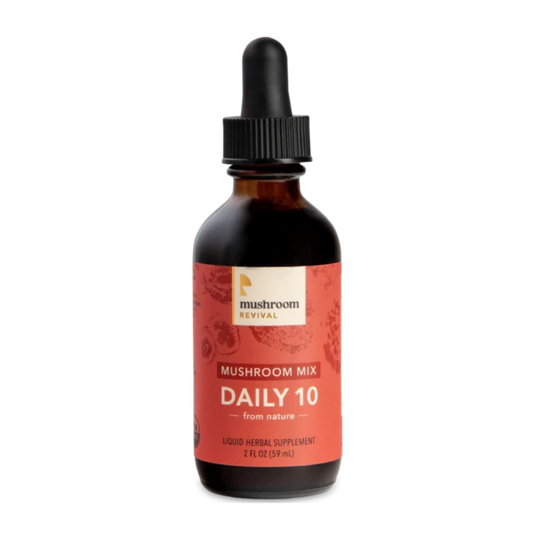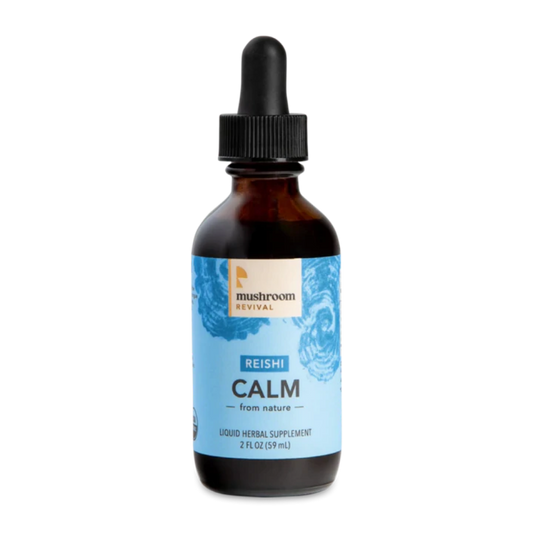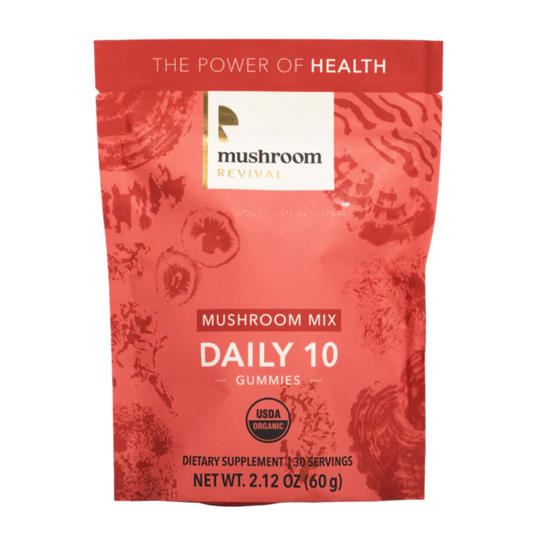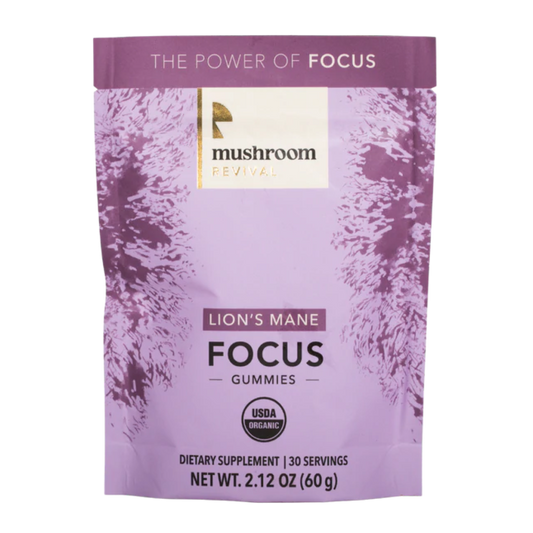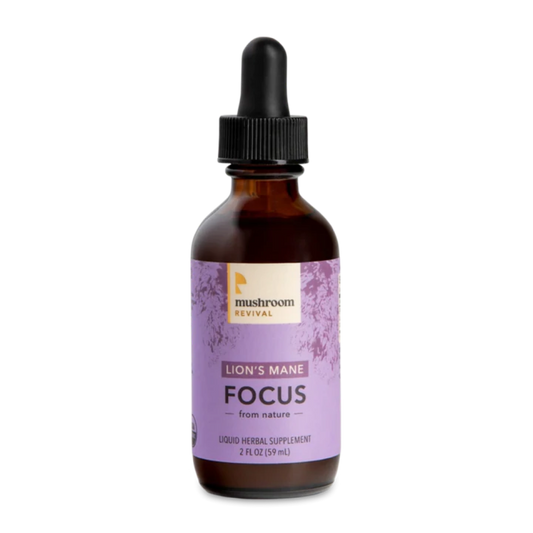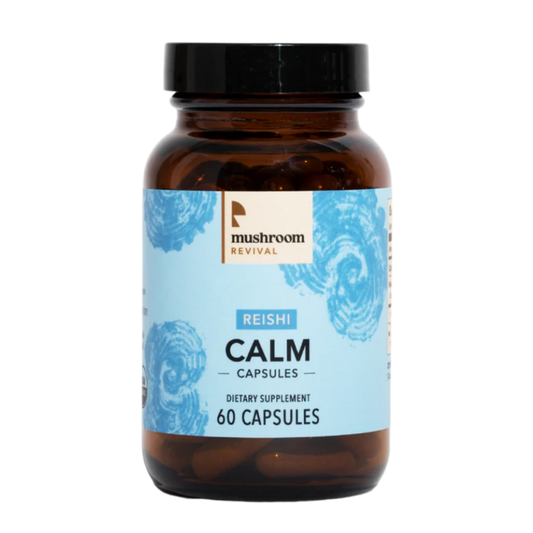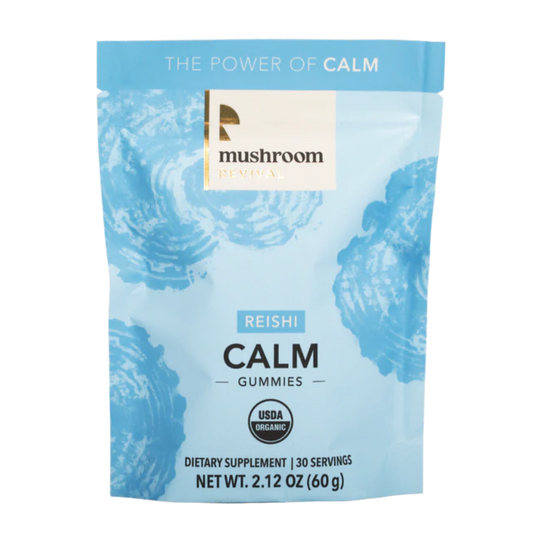Cordyceps Militaris Production: Past, Present and Future

The Fascinating History of Cordyceps militaris Production
The science of mushroom cultivation is still in its early stages, and this is especially apparent as we explore the timeline of Cordyceps militaris production. The Cordyceps militaris species has been used as a supplement in the Eastern world for decades, but it has only been systematically cultivated since around 1895 [1].
Keep reading to learn more about the history of mushroom cultivation, and Cordyceps militaris production specifically — including how we do it at Mushroom Revival.
A Brief History of Mushroom Cultivation
It is believed that mushroom cultivation’s roots reach back as early as 600 A.D. There are accounts of the wood ear mushroom (Auricularia auricula) being cultivated in China. This was followed by enoki mushrooms (Flammulina velutipes) in 800 A.D., and then shiitake mushrooms (Lentinula edodes) in 1000 A.D. However, to consider these early records as “agricultural practice” would not be accurate.
True agricultural mushroom cultivation is much more recent, with Asia cultivating large amounts of gourmet mushrooms by the 16th century. Cultivation slowly made its way west, and took root in the caves of Paris in the mid 1600s. Chambry, a French gardener, found mushrooms growing in his fertilizer and introduced them to local restaurants. He then brought his practices into the caves, due to their year-round compatible temperature and humidity [2].
The History of Preserving Mushrooms
The ancient Egyptians believed that mushrooms were a gift from the God Osiris, and drawings of them can be found on the walls of temples, as well as on their clothing [3]. Mushrooms have been consumed by humans for thousands of years, and the Egyptians thought that they supported health and wellbeing.*
The Chinese also considered mushrooms both a wellness supplement and a food. Since drying mushrooms is relatively easy, these ancient civilizations were able to enjoy mushrooms year round.
Mushroom cultivation eventually became a steady commercial business in the West, with the species Agaricus bisporus, the common button mushroom, being the most popular. The button mushroom now makes up 40 percent of all mushrooms grown globally.
Large-scale commercial cultivation wasn’t implemented until the 1900s. And commercial growing techniques seem to change significantly every dozen years. This is because the cultivation of mushrooms is still in its early stages, and people want to improve the quality of the mushrooms as well as their yield. This is even more apparent when we explore the timeline of Cordyceps militaris production.
Contemporary Cultivation of Cordyceps Militaris
Solving the Challenges of Cordyceps Cultivation
Cordyceps has been used as a supplement in the East for decades, but only since the 1980s has it been commercially cultivated on a massive scale in Asia.
While cultivation success varies widely from species to species, Cordyceps mushrooms are notoriously difficult to grow. While Ophiocordyceps sinensis is historically the most revered species amongst all Cordyceps, it is radically more challenging to grow its fruit bodies.
Over harvesting this special mushroom led scientists to develop a method of growing the mycelium of Ophiocordyceps sinensis in a bioreactor to make supplement products. The main strain they developed and used, even to this day, is called “CS-4.”
When the DNA was analyzed, it was discovered CS-4 wasn’t actually Ophiocordyceps sinensis. Instead, it was another fungus called “Paecilomyces hepiali.” To this day, this fungus is being falsely advertised as “cordyceps,” and we have been in dire need of a new alternative.
This brings us to Cordyceps militaris, a species that is cultivation-friendly and has many of the same compounds as Ophiocordyceps sinensis. Cordyceps militaris delivers the same health benefits, and is much more accessible and sustainable.
Cordyceps Militaris Production in the United States
The Western story of Cordyceps militaris production begins in 1894 when Miss Green cultivated the first Cordyceps militaris at Cornell University. A year later in 1895 R.H. Pettit from Cornell University published a research paper on the artificial cultivation of Cordyceps miltiaris, Cordyceps melolanthe, Cordyceps clavulala, Isaria farinosa, Isaria teniupes, and 11 related species (16 total).
In 1932, Cordyceps were grown on rice, and from 1932 until the present day, most companies in the United States grow Cordyceps mycelium on grain while not fruiting the actual mushrooms. There are a few anecdotes of farms that were growing the mycelium and claiming they fruited the mushrooms by mistake, but no pictures have ever been published to prove this.
Solving the Challenges of Cordyceps Cultivation
Cordyceps has been used as a supplement in the East for decades, but only since the 1980s has it been commercially cultivated on a massive scale in Asia. Cultivation success varies widely from species to species, with cordyceps being notoriously difficult. While Ophiocordyceps sinensis is the historically revered species amongst all cordyceps, it is radically more challenging to grow its fruit-bodies. Overharvesting led to scientists developing a method of growing the mycelium of ophiocordyceps sinensis in a bioreactor to make
supplement products with. The main strain they developed and used, even to this day, is called “CS-4.” Upon further DNA analysis, it was discovered CS-4 wasn’t actually Ophiocordyceps sinensis, but another fungus called Paecilomyces hepiali. To this day, this fungus is being falsely advertised as “cordyceps,” and we have been in dire need of a new alternative.
This brings us to Cordyceps militaris, a funtionally comparable species that is cultivation-friendly, has many of the same compounds as Ophiocordyceps sinensis, delivers the same health benefits, and is much more accessible and sustainable.
The Cordyceps militaris Journey Continues
There have been hundreds of “failed” experiments made in the name of optimizing the growing techniques of these mushrooms over the years, and we are still learning and improving methods of their cultivation.
As of April 30, 2019, Mushroom Revival was not only the biggest but also the first and only certified organic Cordyceps militaris fruiting body farm in the Western Hemisphere.
The recent addition of Cordyceps militaris to global mushroom cultivation is escalating. Growing methods for Cordyceps are different from the more customary mushroom cultivation techniques. These techniques include using grain spawn, wood shavings, and other agricultural byproducts as substrate, and the unfortunately pervasive plastic bags.
Nearly all Cordyceps militaris growers use a supplemented rice substrate (rice cooked with a nutrient broth) as they grow them in glass jars or bins/tubs.
Other Cordyceps militaris growing methods that have been recorded include:
- Growing on moth/silkworm larva
- Growing on different grains
- Growing in plastic bags
- Growing in plastic tubs
- Growing in aluminum containers.
We do not recommend aluminum containers because mushrooms will hyper-accumulate metals.
Cordyceps militaris Production at Mushroom Revival

We grew our own Cordyceps militaris in Western Massachusetts, for the production of our tinctures. Here at Mushroom Revival, our Cordyceps militaris production techniques are constantly evolving.
This may mean adjusting things like:
- Our own nutrient broth
- The pH level
- Moisture levels
- Lighting
- Tools we use
- Our procedure,
- Extraction methods.
As our followers could see, we started growing in reusable glass jars. These have proven to be successful, but certainly, add tediousness to the process. We progressed to growing in larger bins which we released the technique for other farms to copy here in this tutorial video.
We are patient with our mushrooms, waiting until we have mature fruiting bodies to harvest and then processing them into our potent, high vibration, Cordyceps supplements. We read up on the latest scientific research to make sure we use the right techniques and extraction methods, ensuring our products have the highest amount of active compounds available. We don’t cut corners by using mycelium on grain or any fillers or fluff to water down the efficacy of our final product. We use the best, and stand by it 100%.
How Mushroom Revival Ensures Safety and Quality
We only use 100% fruiting bodies, without mycelium on grain or any other fillers/additives, and we make sure that our process and all our ingredients are 100% certified organic.
Our team was fastidious about logging every single ingredient with batch numbers—tracking them from when they enter our doors to when they end up at your doorstep—and we save our logs indefinitely.
We routinely send our mushrooms and any other material we work with for rigorous lab testing—including heavy metal testing, biological contaminants and active functional compounds—and review the results and certification paperwork. Only then do we use them in our products.
Here at Mushroom Revival, we are all about integrity, high standards, and giving back with love. Our customers are our top priority, and therefore, deserve nothing but the best. We are in this for you… and the planet. For every product we give to you, we plant one tree for the planet.
How To Use Cordyceps
Health and Well Being with Dried Cordyceps*
Cordyceps militaris is a mushroom with the potential to be used in a number of applications, like supporting energy and lung capacity. Incorporating Cordyceps in your supplement regimen is a great way to support your body’s overall health and vitality, as well as promote healthy normal aging.*
At Mushroom Revival, we use 100% fruiting bodies in our products—and Cordyceps militaris mushrooms play an integral role in the process of creating our wonderful mushroom supplements.
Because mushrooms undergo several physiological and morphological changes after harvest, which makes them unacceptable for direct consumption, we only use dried Cordyceps which is the best way to preserve them and prepare them for the next process.
Dried Cordyceps: How to Process Them
At Mushroom Revival, we use a dehydrator to ensure our Cordyceps are completely dried before they are used to make our products. However, there are other ways to dehydrate them if you want to dry fresh Cordyceps (or any mushrooms) at home. The best and easiest way is to get a small home dehydrator that you can use to make other things like dried fruit and fruit leathers, jerky, and even cookies!
Cordyceps militaris: Mushrooms on a Mission
Dried Cordyceps militaris has tons of uses. It’s certainly a great idea to use dried Cordyceps in the common, obvious ways—such as brewing them into a tea, making a tincture out of them, or putting them into capsules. No matter how you decide to use them, we think you’ll love Cordyceps.
If you prefer a simpler approach to taking Cordyceps, try our 100% organic Cordyceps tincture, made only with fruiting bodies and never mycelium grown on grain. Cordyceps helps support the body's energy on a cellular level so you can keep tackling your to-do list all day long!








